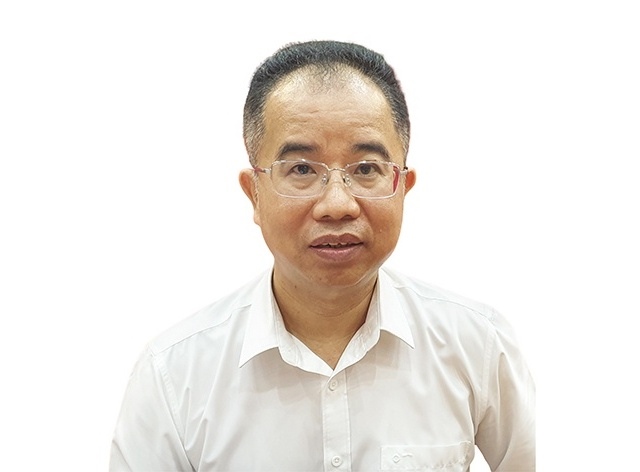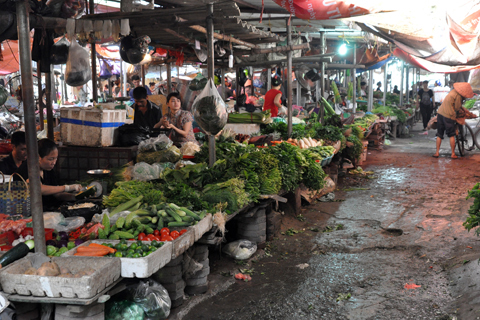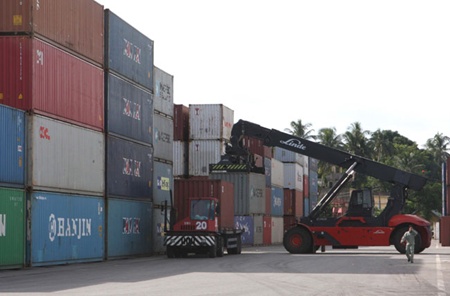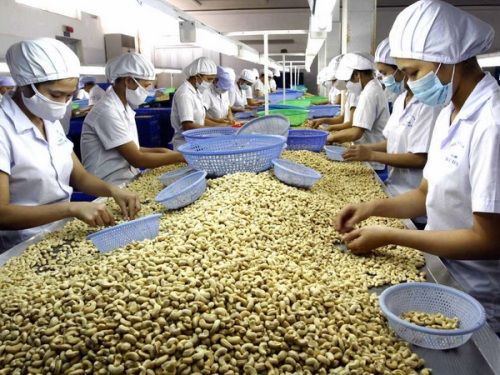MARD to source foreign partners for agriculture
MARD to source foreign partners for agriculture
Vietnam has decided to boost international co-operation to develop the agricultural sector as part of plans to guarantee national food security, create jobs and raise living standards.
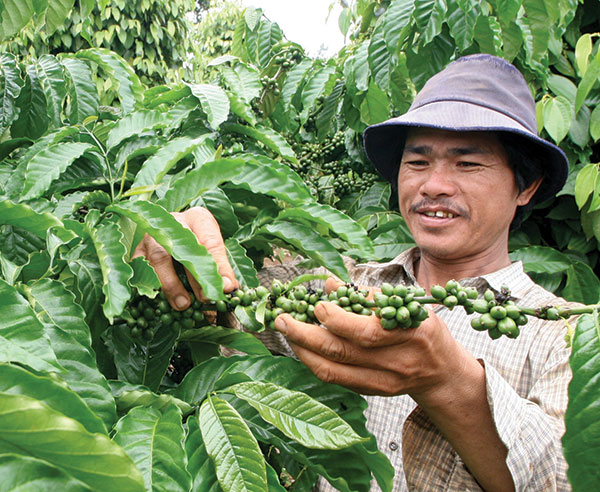
According to a draft agriculture sector development strategy till 2030 compiled by the Ministry of Agriculture and Rural Development (MARD), international co-operation is considered a key solution in developing the agriculture sector, particularly co-operation on human resources training and science and technology development.
The MARD will also draw up a strategy to attract and use official development assistance in prioritised areas, creating favourable conditions for foreign direct investment (FDI) in the sector.
Vietnam will accordingly prioritise the development of ten projects by 2020, including developing vegetable and flower cultivation, as well as focusing on the cultivation of corn, cassava, tea, rice for export, sugarcane, fruit, mushrooms, cashew nuts and coffee beans.
In order to boost production, producers will be incentivised by a number of tax cuts. The farm land use tax is one in line for reduction, while the Vietnamese government also hopes to amend legal regulations to give enterprises and farmers easy access to bank loans.
Under the new strategy, during 2014-2020, the agricultural sector hopes to achieve annual growth of 2.5 per cent in production, $22 billion in export turnover by yielding $7,142 per hectare of cultivatable land.
By 2030, the country aims to have maintained the existing areas of rice, coffee, cashew and pepper cultivation. Tea cultivation on the other hand is planned to expand in the provinces of Son La, Dien Bien, Lai Chau, Lao Cai, Yen Bai, Ha Giang, Thanh Hoa and Nghe An.
The draft plan has expressed a desire for fruit tree cultivation to expand to 900,000ha providing produce for domestic and export markets. Vegetable cultivation will be stabilised at 1.1 million hectares, with flowers growing focused in climatically suitable highland areas such as Da Lat, Sa Pa and Moc Chau.
vir


